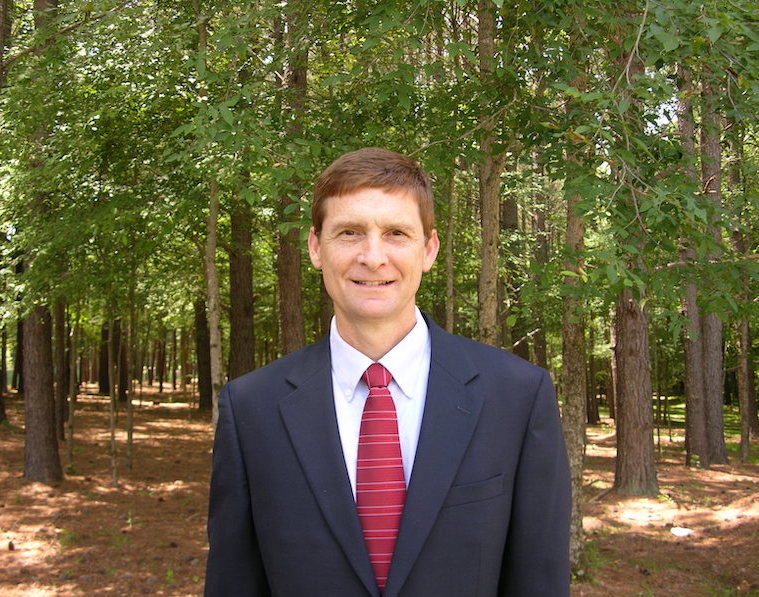Q: We do not use our football field much after the fall season, so we decided to not overseed it this year so we can better tackle some problem winter weeds. My question is not about the weeds, but why our bermudagrass cuts so poorly late in the fall. We have used the same cutting height all year, but once we got into September it seems to scalp. Is there something we should change so that it cuts more uniformly without scalping?
A: This is actually a pretty common question I get from turfgrass managers and homeowners who have bermudagrass. What has changed is the quantity and quality of your sunlight. Solar radiation, the energy from the sun, fuels the photosynthesis process, which converts carbon dioxide into sugars and carbohydrates that are used by the plant. Bermudagrass loves long days with lots of light and heat. Starting in late summer to early fall, the relationship of earth to the sun limits the light and heat it needs for heathy growth.
Solar radiation comes in three forms – ultraviolet, visible and infrared. Most of the light that reaches the earth is infrared and visible light. Infrared light is largely responsible for warming Earth’s surface, whereas visible light (known as photosynthetic active radiation or PAR) is the light wavelength range that is best for photosynthesis.
Solar radiation is the greatest when the sun is directly perpendicular to the Earth’s surface, such as midday in summer. When the sun’s rays hit the Earth at an angle, the sun’s rays are spread out over a larger area, so there is less energy per unit area. The sun’s angle increases the amount of ozone through which the light has to pass. This angle does not only change with the season, but also changes during the day. Solar radiation in the morning and evening has to pass through more of the atmosphere, which reduces its irradiance. Also, cloud cover will scatter the sun’s rays, decreasing irradiance. This is why we sometimes see reduced mowing quality after extended cloudy weather, even in the summer.
Solar irradiance is the intensity of solar radiation per unit area. As solar irradiance increases, plants experience higher rates of photosynthesis. It is like the difference between a 20-watt light bulb and a 100-watt light bulb: both produce light, but the brightness and intensity are different. The greater irradiance over time also causes the Earth to warm due to conduction and convection. In the presence of visible light, increased temperature speeds up photosynthesis – thus heat plays an important role in growing dense, healthy turfgrass.
With reduced light intensity and shorter day length in the fall, the bermudagrass will begin to increase internode length and reduce tillering. The individual plants are using their limited resources to grow taller so that the plant may better intercept the limited sunlight that is available. Over time, the overall result is a thinner stand of turfgrass with longer, thinner leaves. That is why the turfgrass will scalp even though you have continued to use the same mowing interval and height of cut.
You have several options to better manage this situation.
- Since we know there is a relationship between light and temperature, grow covers can increase heat in the canopy – therefore increasing photosynthesis efficiency.
- Reduce the plant from elongating. Plant growth regulators have shown efficacy in reducing vertical growth while concentrating chlorophyll necessary for more efficient photosynthesis.
- Increase light levels. This can be anything from reducing tree shade around the edge of open fields to using grow lights to supplement natural light. The more light that can be added, the better.
- Reduce your mowing interval while increasing the height-of-cut as light levels decrease in the fall. This can be challenging to manage, but can be effective for early fall.
If it still scalps to an unacceptable level, using a turfgrass colorant can aid in masking the symptoms.
Grady Miller, Ph.D.
Professor and Extension Turf Specialist
North Carolina State University
Questions?
Send them to Grady Miller at North Carolina State University, Box 7620, Raleigh, NC 27695-7620, or e-mail grady_miller@ncsu.edu
Or send your question to Pamela Sherratt at 202 Kottman Hall, 2001 Coffey Road, Columbus, OH 43210 or sherratt.1@osu.edu


